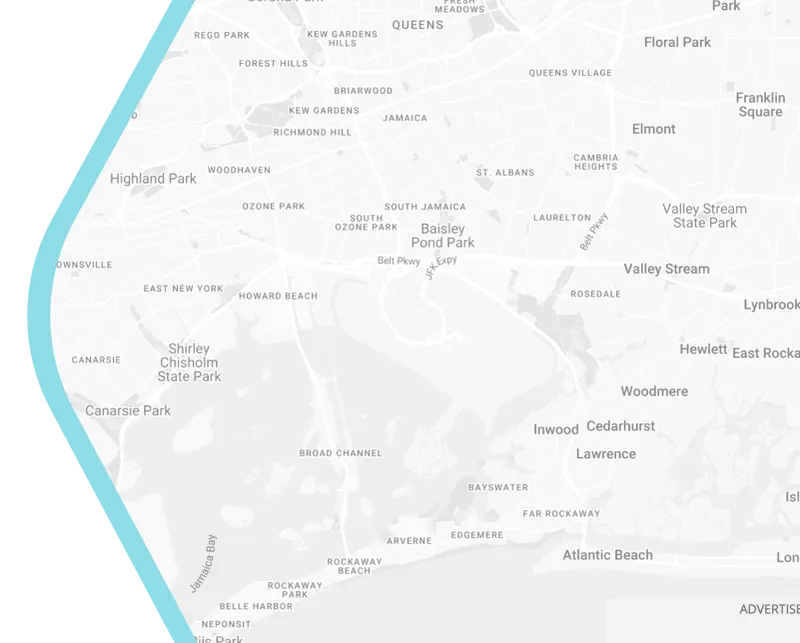
Why Singapore’s Digital Twin Works and How Your City Can Copy It
Imagine walking through a virtual replica of your city – testing flood responses in a monsoon, simulating traffic flow before building a bridge, or optimizing energy use in real-time. This isn’t science fiction; it’s Singapore’s reality. As cities worldwide grapple with overcrowding and climate threats, Singapore’s digital twin has emerged as a quiet revolution in urban governance. By 2030, over 500 cities plan similar systems, but few understand why Singapore’s model thrives while others falter. The answer lies not in the technology alone, but in how it serves citizens, planners, and the planet.
The Engine Behind Singapore’s Virtual Miracle
Singapore’s digital twin, Virtual Singapore, breathes through three symbiotic layers. First, a living data ecosystem pulls real-time feeds from 10,000+ sensors monitoring everything from sewage levels to pedestrian movements. Second, AI algorithms transform this chaos into predictive insights – like forecasting congestion hotspots hours before they form. Third, and most crucially, an open-access platform invites citizens, developers, and planners to co-create solutions. When flash floods hit Orchard Road in 2022, engineers used the twin to simulate drainage upgrades overnight, avoiding $15 million in damages. This seamless marriage of data, foresight, and collaboration is why the model works where others stall.
Why This Digital Twin Delivers Tangible Results
Unlike static 3D models, Singapore’s twin thrives on its human-centered design. Consider how it helped planners tackle the city’s aging population crisis. By overlaying healthcare data with mobility patterns, the system identified "care deserts" – neighborhoods where elderly residents couldn’t reach clinics within 15 minutes. The solution? Mobile health pods deployed via AI-optimized routes, cutting emergency response times by 40%. Meanwhile, real estate developers use the twin’s noise pollution simulations to design quieter housing near airports, adding $200/sqft to property values. These outcomes stem from a core principle: technology serving people, not the reverse.
Four Transferable Strategies for Your City
Start with pain points, not pixels. Singapore began by targeting urgent issues: flooding, housing shortages, and traffic. Cities like Helsinki copied this approach, building their twin around carbon neutrality goals first.
Democratize the data. Singapore mandates that all public agencies share datasets on a unified platform – no bureaucratic silos. Amsterdam emulated this, inviting citizens to contribute air quality data via low-cost sensors.
Phase implementation wisely. Singapore’s twin evolved from simple 3D maps (2014) to real-time simulations (2018), then AI integration (2022). Phoenix adopted this crawl-walk-run approach, starting with digital zoning permits before scaling to full metro simulations.
Bake in equity from day one. When Singapore discovered low-income areas generated less data (fewer sensors), they deployed mobile data vans to fill gaps. Barcelona now uses similar "data justice" tactics in its twin rollout.
Navigating the Inevitable Roadblocks
Even Singapore stumbled early on. When the twin launched in 2017, citizens balked at privacy concerns – until the government introduced anonymous data aggregation and opt-out guarantees. Energy providers initially resisted sharing grid data, fearing competitive leaks. The breakthrough? Demonstrating how predictive maintenance could save them $50M annually. For cities lacking Singapore’s resources, open-source tools like Digital Twin Consortium’s frameworks offer affordable entry points. As Rotterdam’s urban tech director notes: "The barrier isn’t money – it’s mindset. Start small, prove value, then expand."
Beyond Singapore: The Next Frontier
Singapore’s twin is now evolving into an AI co-pilot for urban planning. Its new feature, "Project Gemini," lets planners ask natural language questions: "Where should we build a new school to minimize commute times for low-income families?" The system cross-references demographics, traffic, and land costs to suggest optimized sites. Meanwhile, Los Angeles is experimenting with blockchain-secured twins to prevent data tampering. The future belongs to cities using these tools not just to react, but to preempt – simulating climate migration scenarios or pandemics before they unfold.
Your City’s Blueprint Starts Now
Singapore’s genius lies in treating its digital twin not as a tech project, but as a dynamic conversation between concrete and code, between planners and people. From its flood-resilient drainage models to its elderly-friendly neighborhood designs, the system proves that the most advanced smart city solutions emerge from human needs. As you stand at the edge of this virtual frontier, remember: replication isn’t about copying code, but embracing a philosophy where every data point serves a life, every simulation builds a fairer future, and every city becomes a canvas for collective wisdom.
